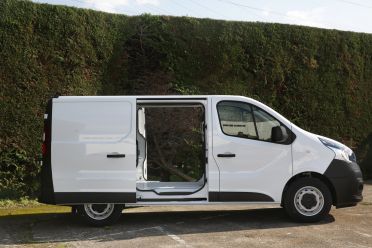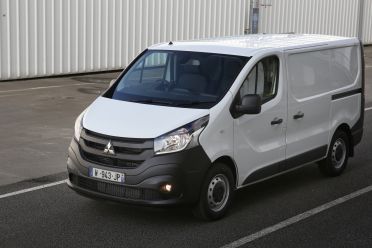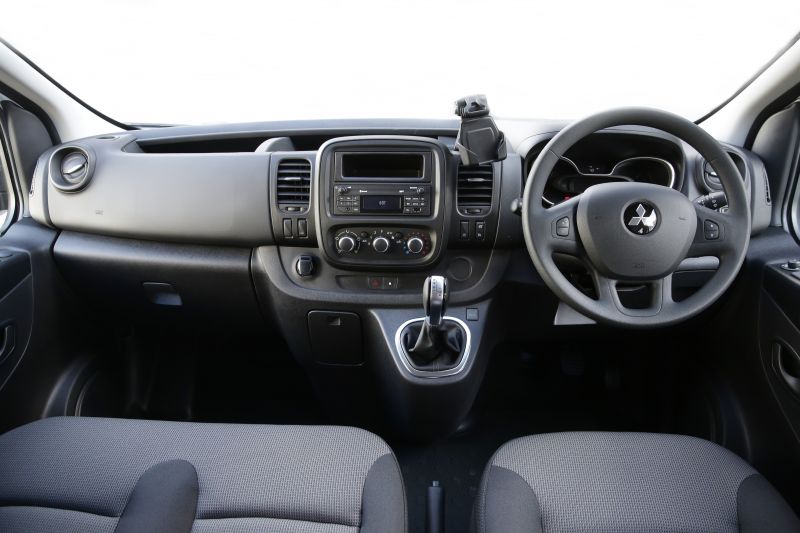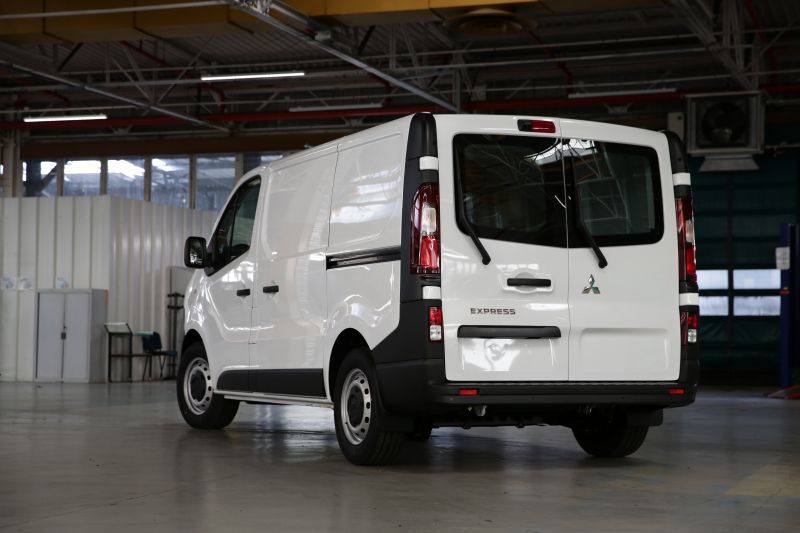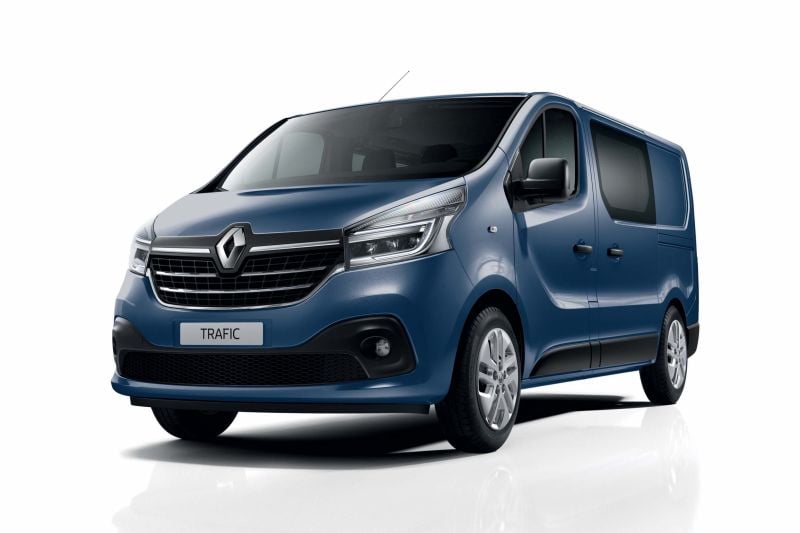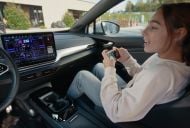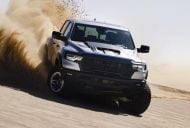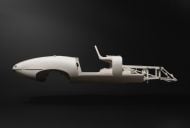Mitsubishi Australia is back in the van game for the first time in seven years, dusting off the venerable Express nameplate.
Apart from the name and the body style, however, this new Express is an entirely different beast to what we’ve seen before. Fortunately, it’s a better one.
As the newest member of the Renault-Nissan-Mitsubishi Alliance, Mitsubishi has been granted access to a rebadged version of the Renault Trafic.
The French-built 2020 Express will go on sale this July, available with either a short (3098mm) or long (3498mm) wheelbase. The former has 5.2m³ of cargo volume while the latter has 6.0m³.
All Express models will feature dual sliding doors and rear barn doors. Two diesel engines will be offered, both shared with the Trafic.
The entry-level engine is a 1.6-litre turbo-diesel four-cylinder producing 85kW of power and 300Nm of torque. It’s mated exclusively to a six-speed manual transmission.
The other engine is a 2.0-litre turbo-diesel four-cylinder producing 125kW and 380Nm. It’s mated to either a six-speed manual or a six-speed dual-clutch automatic transmission.
It’s been a minute since the last diesel Express. The van was discontinued in Australia in 2013, but was petrol-only for the last decade of its lengthy lifespan.
Gross combination mass is 4960kg and 5060kg for the 1.6-litre and 2.0-litre diesel manuals, respectively, and 4700kg for all automatic models.
As is often the case with rebadged models, the Express won’t get all the good stuff. There’s no up-spec model with heated seats and alloy wheels, and it appears Mitsubishi won’t offer the Trafic’s available 7.0-inch touchscreen infotainment system with Android Auto and Apple CarPlay.
Just one trim level is offered, simply called Express, with three front seats and standard 16-inch steel wheels, cruise control, rear parking sensors and Bluetooth phone connectivity and audio streaming.
Automatic 2.0-litre models add automatic headlights and rain-sensing wipers.
The list of safety equipment is rather threadbare compared to rivals like the Ford Transit Custom.
The Express, for example, doesn’t offer autonomous emergency braking, forward-collision warning, blind-spot monitoring or rear cross-traffic alert. All are standard on the Ford.
The Express also only features a reversing camera, mounted in the rear-view mirror, in 2.0-litre automatic models.
There are standard front and curtain airbags, however, plus a driver’s thorax airbag and the expected electronic brakeforce distribution, anti-lock brakes, and electronic stability control.
When vehicle safety authority EuroNCAP tested the Trafic in 2015, it received a rating of three stars.
While hardly stellar, it performed much better than the last Mitsubishi Express sold in Australia. That van received the wooden spoon from ANCAP, scoring just one star out of five.
It was a modestly updated version of the 1986 Express and Delica, while the Trafic that’s spawned the new Express was completely redesigned for 2014.
The new Express is also front-wheel drive, while the old van was rear-wheel drive.
Mitsubishi isn’t the first Japanese company to sell a rebadged European commercial vehicle. Alliance partner Nissan sells the Trafic as the NV300 in Europe. Toyota also sells a rebadged Citroen Jumpy/Peugeot Expert as the ProAce.
Given the Express nameplate’s long history on the Australian market, the new model could siphon some sales from its Trafic twin.
Last year, the Trafic was the fourth best-selling van in its segment, outsold by the Ford Transit Custom, Hyundai iLoad and the indefatigable Toyota HiAce. That was despite offering only a manual transmission until the very end of the year.





